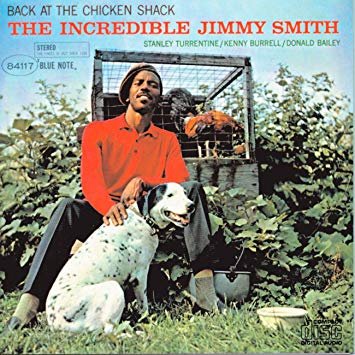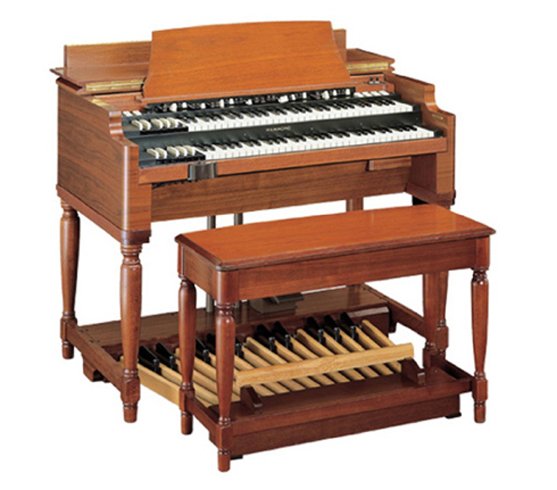Stanley Turrentine (tenor sax), Kenny Burrell (electric guitar), Jimmy Smith (Hammond B-3 organ) and Donald Bailey (drums). From the album Back at the Chicken Shack (1963).
Soul jazz found its own identity in the Hammond B-3 organ. Its distorted sounds captured the essence of jazz sensibility, enthusing the audience with its imperturbable vigor. The organ had already appeared before in jazz and had always been present in African American religious music. However, their “secularization” didn’t occur until the 1950s. In 1951, Eddie “Lockjaw” Davis and Bill Doggett made a recording combining tenor sax and organ, and Wild Bill Davis also formed a trio.

Album cover
However, it was not until the appearance of Jimmy Smith in the mid-1950s that the Hammond B-3 organ was recognized as a jazz instrument. Over time, other organists emerged who followed Smith’s example, and by the late 1950s, the Hammond B-3 organ was already one of the cornerstones of soul jazz.

Hammond B-3
The first time the theme is presented by the rhythm section and the second time they are joined by Turrentine. The first one to make his solo is Smith with a moderate and carefree discourse, but gradually he is encouraged showing his expressiveness. Burrell follows him with short, but very eloquent and masterfully linked phrases. Next comes Turrentine playing simple and peaceful, but very effective sentences, which he complicates from time to time. To finish, the group re-exposes the theme fading out.

